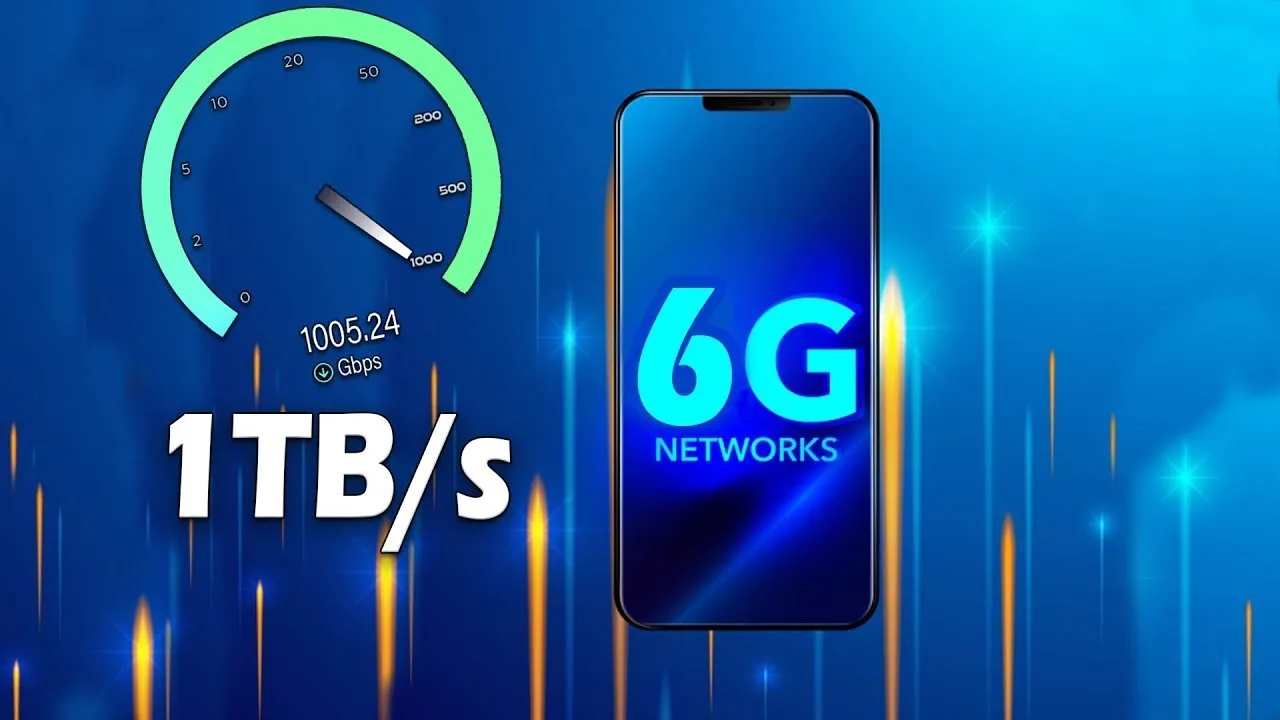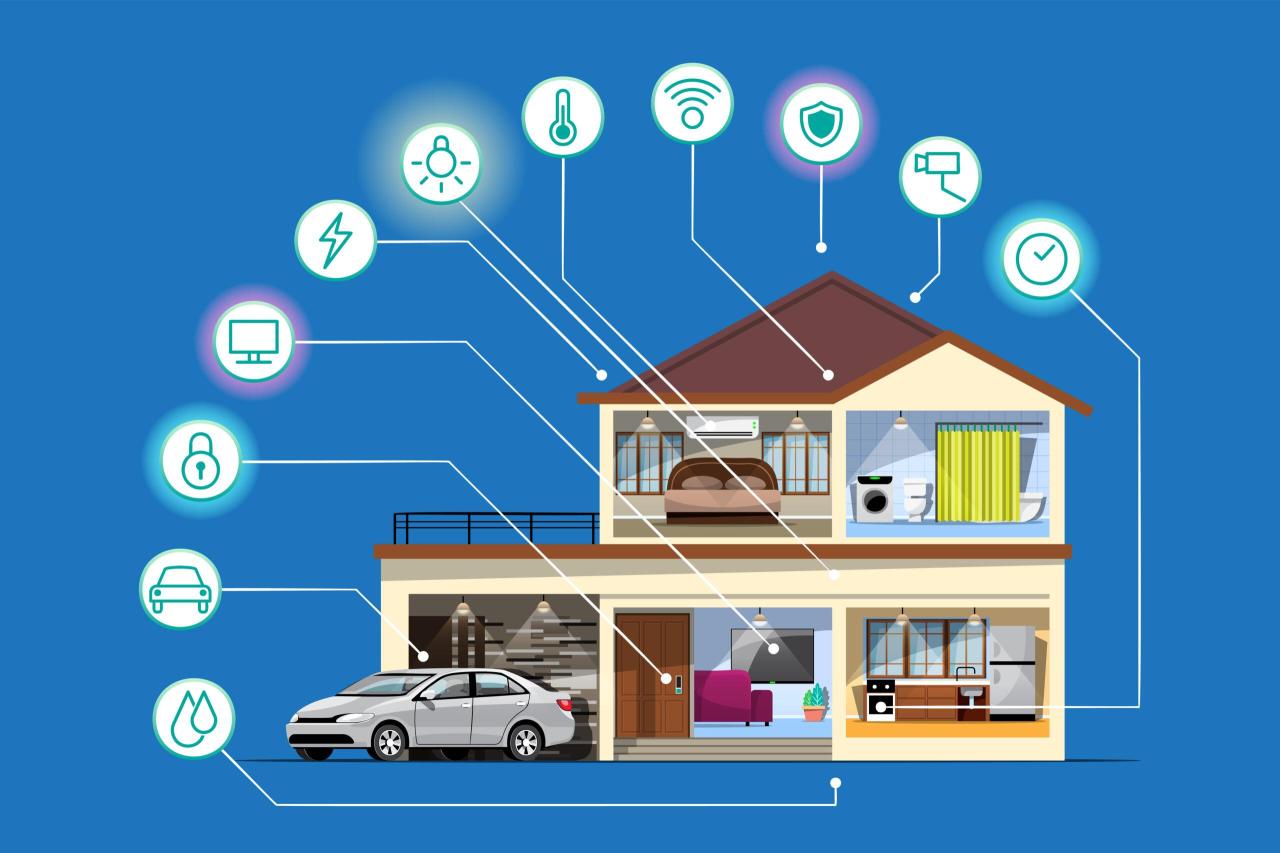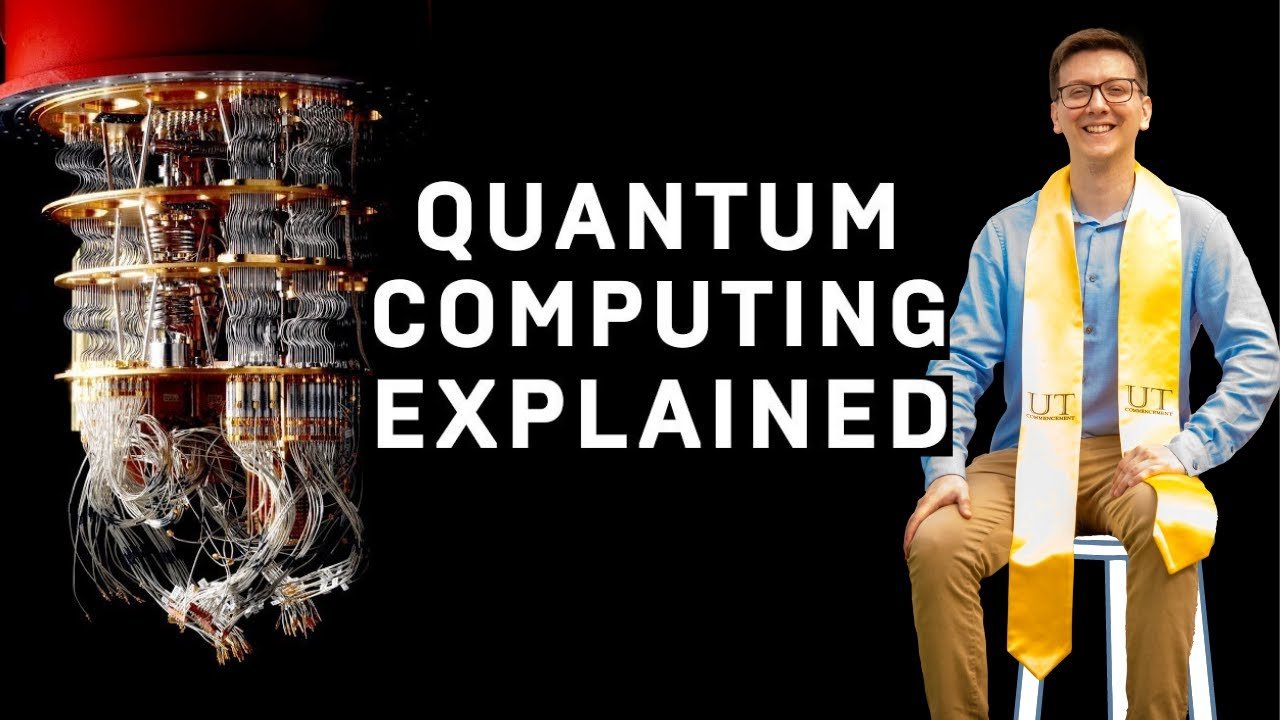5G vs 6G: What’s the Real Difference?
The global rollout of 5G networks brought a wave of excitement about faster mobile internet, real-time responsiveness, and new possibilities for connected devices. But as industries are still adapting to the full potential of 5G, talk of 6G has already begun. The sixth generation of wireless technology isn’t just a faster version of 5G—it’s an ambitious rethinking of how wireless networks can transform our daily lives.
So, what exactly sets 6G apart from 5G? Is it just about speed, or is there more to it? Let’s explore the real differences between these two generations of network technology and understand what the future might hold.
Understanding 5G: Where We Are Now
5G, short for fifth-generation wireless, started rolling out commercially around 2019–2020 and has since expanded across many countries. It was designed to go beyond 4G LTE, addressing growing demands for higher speed, lower latency, and support for more connected devices.
Here are the core benefits of 5G:
-
Speed: 5G can deliver download speeds of up to 10 Gbps in ideal conditions—about 10 to 100 times faster than 4G.
-
Latency: Latency can drop to as low as 1 millisecond, enabling near-instantaneous data transfer.
-
Capacity: Supports a significantly larger number of connected devices per square kilometer—crucial for IoT.
-
Network Slicing: 5G allows operators to create virtual “slices” of the network for different use cases—like healthcare, gaming, or industrial automation.
These improvements have powered advances in smart cities, autonomous vehicles, remote surgeries, and cloud gaming. However, even with all of its promise, 5G is still a work in progress—particularly in rural areas and developing countries where infrastructure takes time to build.
What Is 6G and When Will It Arrive?
6G is the next generation of wireless communication, expected to launch commercially around 2030. While 5G focuses on connectivity, 6G is envisioned to enable true human-machine convergence, blending physical, digital, and biological worlds.
Currently in the research and development stage, 6G is being explored by governments, academic institutions, and tech giants like Samsung, Huawei, Nokia, Ericsson, and Qualcomm. While there’s no finalized standard yet, early white papers and prototypes suggest some revolutionary shifts.
5G vs 6G: The Key Differences
1. Speed and Bandwidth
-
5G: Offers theoretical speeds up to 10 Gbps.
-
6G: Expected to deliver speeds of 100 Gbps to 1 Tbps—10 to 100 times faster than 5G.
6G will operate in the terahertz frequency spectrum (0.1–10 THz), compared to the millimeter-wave spectrum of 5G. This ultra-high frequency enables higher data transmission rates, though it also faces challenges like signal attenuation and range limitations.
2. Latency and Real-Time Responsiveness
-
5G: Can reduce latency to 1 millisecond.
-
6G: Aims for sub-millisecond latency, possibly in the microsecond range.
This near-instantaneous communication will be essential for applications that require extreme precision, such as neural interfaces, robotic surgery, and automated transportation systems.
3. Intelligence and AI Integration
While 5G supports AI-based services through cloud infrastructure, 6G will integrate AI natively into the network fabric. This means:
-
AI will manage network traffic autonomously.
-
Intelligent edge devices can make decisions without waiting for cloud processing.
-
Networks can self-optimize in real time.
6G’s architecture will lean heavily on machine learning and edge computing, making it far more adaptable and efficient than any network before.
4. Device Density and Connectivity
-
5G: Can support about 1 million devices per square kilometer.
-
6G: Aims to support 10 million+ devices per square kilometer.
As we move toward a hyperconnected future with billions of IoT devices—from wearable health monitors to smart city infrastructure—6G will be critical in handling the scale.
5. Use Cases
5G Use Cases:
-
4K/8K video streaming
-
VR/AR experiences
-
Autonomous vehicles
-
Industrial automation
-
Smart agriculture
6G Use Cases (Proposed):
-
Digital twins of entire cities or human bodies
-
Holographic communication
-
Brain-computer interfaces
-
Fully autonomous drone networks
-
Immersive extended reality (XR) environments
-
Global ubiquitous coverage through satellite networks
Applications That 6G Will Enable
1. Holographic Communication
Forget video calls—6G might allow you to interact with real-time 3D holograms of people across the world. With ultra-high data transfer speeds and low latency, holographic presence could become part of everyday meetings or family calls.
2. Digital Twins
6G could support real-time simulations of physical systems—known as digital twins. Think of a factory with a perfect digital replica that predicts failures before they happen or a digital model of your heart monitored by doctors remotely.
3. Smart Environments
6G will enable ambient intelligence—where environments like homes, hospitals, and offices respond to your presence, health status, and needs automatically. It will be a true step toward context-aware living spaces.
Challenges Ahead for 6G
1. Infrastructure and Energy Demand
Deploying 6G networks will require entirely new infrastructure, especially to handle terahertz frequencies, which have limited range and require dense small-cell networks. Energy consumption will also be a critical concern.
2. Cost
The cost of upgrading or rebuilding infrastructure for 6G will be substantial—not just for carriers, but also for governments and end users. Devices compatible with 6G will initially be expensive, making adoption slow.
3. Health and Regulation
As with every new wireless standard, concerns about radiation will resurface. More importantly, new frequencies will need global standardization and licensing, a process that takes years of negotiation and research.
Is 6G Worth the Hype?
At this stage, 6G is more of a vision than a product. The expectations are sky-high, with promises of superhuman connectivity, but much of it is still theoretical. That said, history shows that each wireless generation has eventually met and exceeded expectations.
For now, 5G is still maturing and has plenty of room to grow, especially in areas like rural broadband, private enterprise networks, and 5G standalone (SA) deployments. It’s expected that 5G will remain dominant well into the early 2030s.
Conclusion: 5G for Today, 6G for Tomorrow
In simple terms, 5G is about connection and speed—it’s already changing how we stream, game, and work. 6G, on the other hand, is about intelligence, precision, and integration, aiming to blend the physical and digital into seamless experiences.
The transition from 5G to 6G won’t happen overnight. It will take years of innovation, investment, and experimentation. But when it does arrive, 6G could redefine what it means to be connected—not just between devices, but between people, machines, and even minds.
Until then, 5G remains a powerful stepping stone toward that future.

With years of experience in technology and software, John leads our content strategy, ensuring high-quality and informative articles about Windows, system optimization, and software updates.













![7 Common Windows 10 Errors And How To Fix Them [2020] - TechDipper](https://windows12download.com/wp-content/uploads/2023/04/Windows-10-Errors-300x169.jpg)

Post Comment
You must be logged in to post a comment.